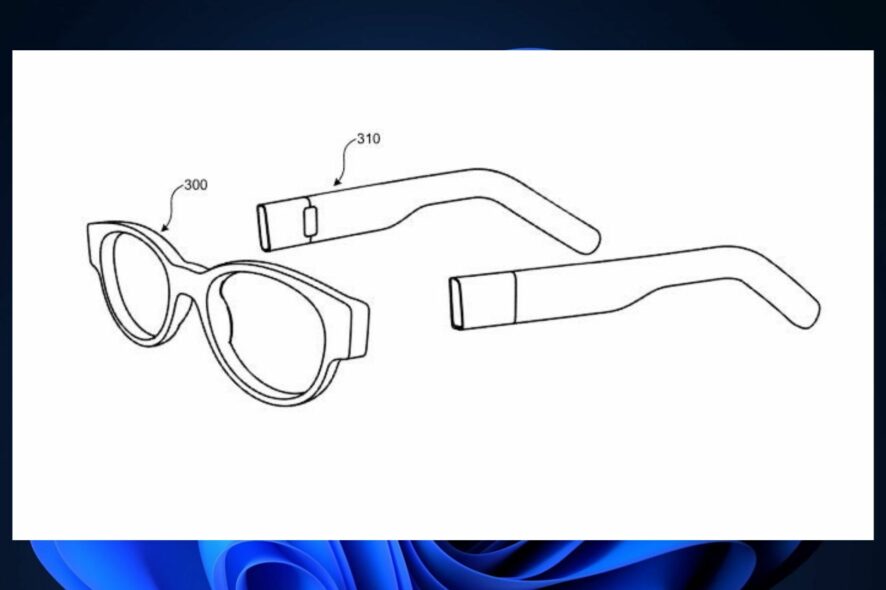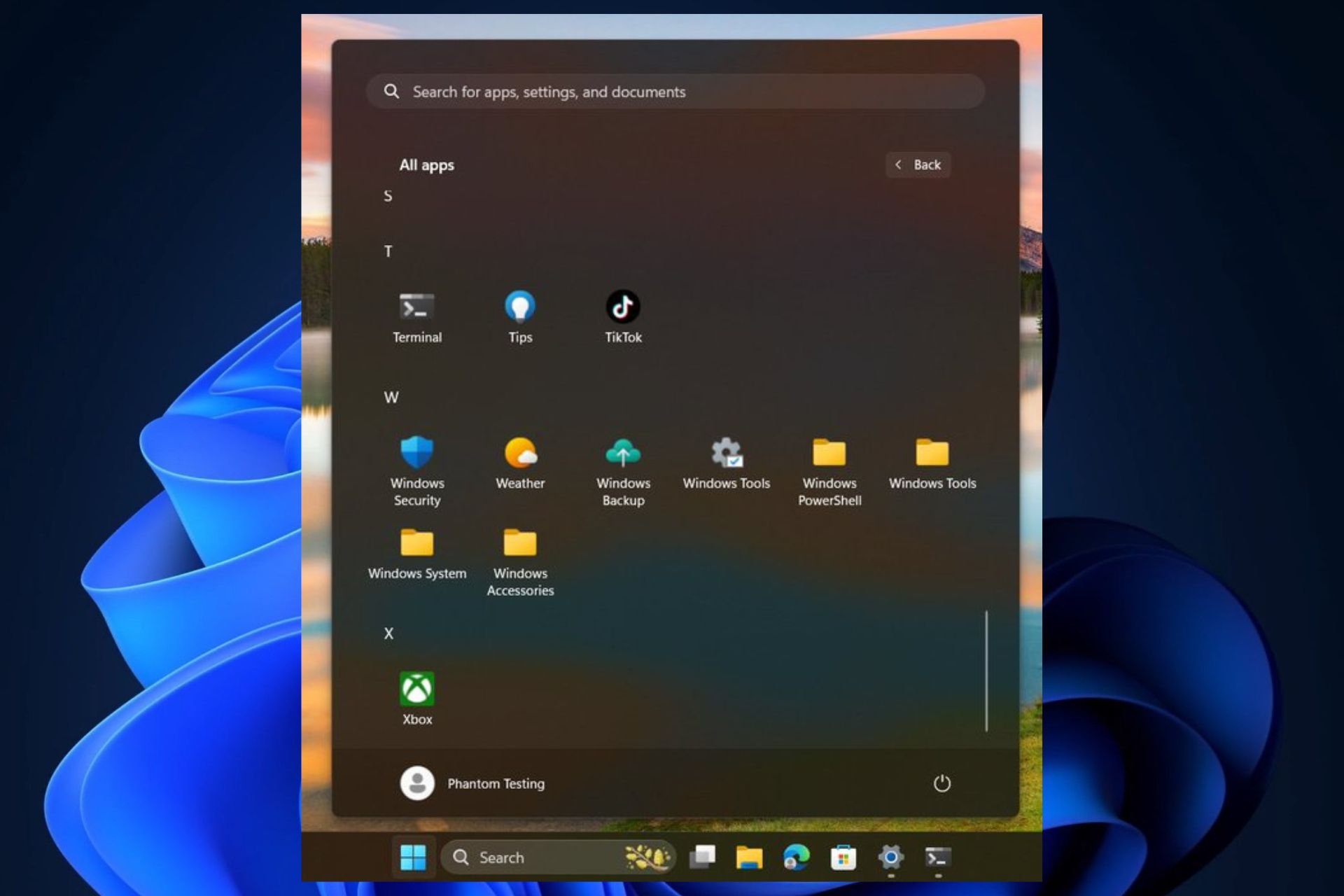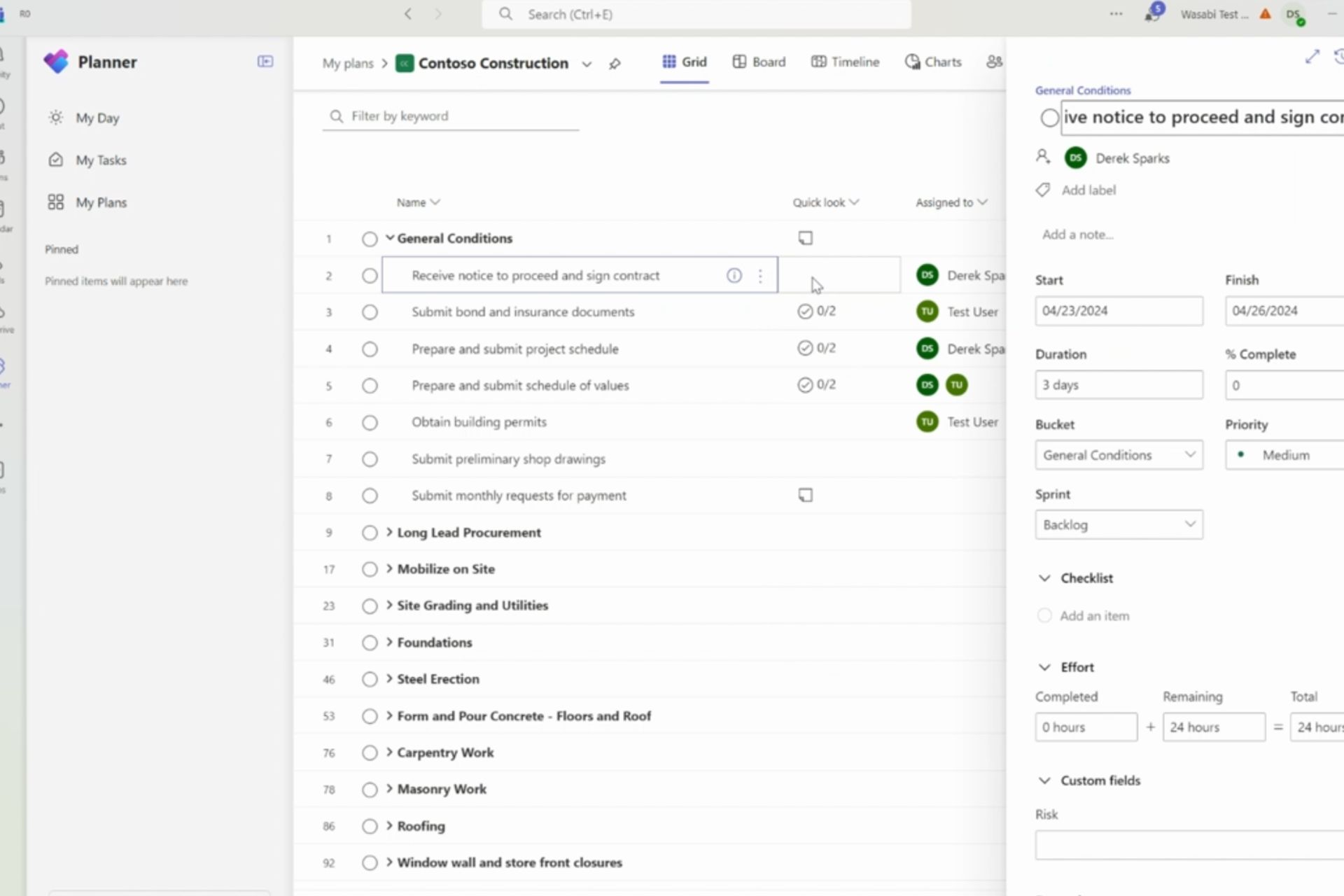Microsoft develops a modular VR headset. A hint to HoloLens 3?
This is what future HoloLens iterations might look like.
2 min. read
Published on
Read our disclosure page to find out how can you help Windows Report sustain the editorial team Read more

VR/AR headsets are gaining ground again, thanks to the popularity of Meta Quest, Hololens, and the announcement of Apple Vision Pro, earlier this year.
Apple, especially, believes that the VR headsets are still underexplored, and it led the tech giant to develop its futuristic-looking but extremely pricy Vision Pro, effectively putting its name on the VR/AR headsets map.
However, Microsoft has its own VR/AR headset, the HoloLens, and while the Redmond-based tech giant is busy developing Copilots everywhere, it has the time to patent modular VR display technologies that can be used on different VR devices.
According to one of the latest patents Microsoft released, the modular VR display has a special sensor and display unit that can be attached to different types of headgear: VR headset, glasses, or a helmet.
Microsoft’s modular VR headset: How does it work?
This unit has a solid frame with lenses on its front and back sides, while also containing typical sensors and display devices found on such headsets.
The front lens hides the sensors and other parts, and can also adjust the brightness for holographic displays. Due to its modular design and standard interface, the unit can be easily attached to various other headset systems. The reasoning behind it is focused on sustainability and the economy, according to the paper.
Multiple designs for various user envirnonments can result in higher costs and various design and manufacturing challenges. It is with respect to these and potentially other considerations that the disclosure made herein is presented.
The headset system can also have an additional module that can be attached to it, which provides extra computing power, storage, and energy for the sensor and display unit.
It would not only reduce waste and costs but the modular VR display that Microsoft envisions in the patent could also be used for multiple applications.
For example, the same modular VR display can be used for entertainment purposes, industrial (mechanical, construction industries) purposes, and even healthcare, as HoloLens is already used.
Although we may yet have to see if the patent will be developed, its applicability is incredibly versatile. This is what future HoloLens iterations might look like.
But what do you think?









